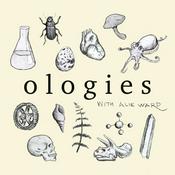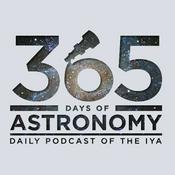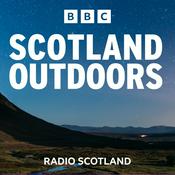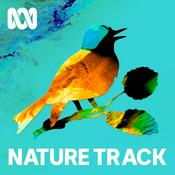50 episodes

Kākāpō Files II 01 | The Birds are Back
15/12/2025 | 26 mins.
The Kākāpō Files returns for a second season, to follow everyone’s favourite parrot through what is predicted to be the biggest breeding season on record. In episode 1, host Alison Ballance and Our Changing World’s Claire Concannon chat about what exactly is a kākāpō, discuss the conservation history of this endangered bird through the life story of two kākāpō, and discover just how big this breeding season might be.Send any Kākāpō Files questions and comments to [email protected] this episode:00:00 – 06:32 What is a kākāpō and how rare are they? 06:32 – 14:29 Kākāpō names, from Zephyr to Acheron, and a brief conservation history14:29 – 22:25 Rimu masting and the 2026 breeding season22:25 – 24:12 Kākāpō trivia24:12 - 25:56 Closing creditsLearn more:Follow the Kākāpō Files podcast to keep up to date.Want to start the new series prepared with all the backstory? Listen to the Voice of the Kākāpō series for a recap of the 2019 breeding season. Then listen to the episodes covering the interim 2022 breeding season, and about how a few male kākāpō have fared in the North Island, in the fenced Sanctuary Mountain Maungatautari.For more New Zealand science and nature find and follow the Our Changing World podcast, and subscribe to the show’s monthly newsletter.Guests:Claire Concannon, Our Changing WorldReferences:“Kākāpō: Rescued from the Brink of Extinction” by Alison Ballance (published 2018)Acknowledgement:Kākāpō Files is made in collaboration with the Department of Conservation’s Kākāpō Recovery Programme.Go to this episode on rnz.co.nz for more details

Introducing: Kākāpō Files II
26/11/2025 | 0 mins.
In 2019 Alison Ballance followed the bumpy, rollercoaster ride that was the kākāpō breeding season. Now she returns, six years on, to do it all over again. We'll meet familiar characters, of both the human and bird kind, as well as new faces. Will the chicks born in 2019 start to breed? How will the team fare with a more hands-off approach? Will the deadly aspergillosis that surfaced in 2019 return? And with the rimu mast predicted to be big, could this be the most successful breeding season yet? First episode drops 16th December. Don't miss it. Go to this episode on rnz.co.nz for more details

New Video: Antarctica in a Warming World
23/11/2025 | 0 mins.
In Antarctica in a Warming World researchers talk about the present impacts of climate change on the icy continent, and what they mean for our future. Watch now on the RNZ website - rnz.co.nz/videoVisit rnz.co.nz/video to watchGo to this episode on rnz.co.nz for more details

Voices from Antarctica 08 | Under the ice
12/11/2025 | 30 mins.
Tiny plants that live on the underside of sea ice form an upside-down garden that feeds krill and is the base of the Antarctic food web.To see images and read more about this episode, visit the RNZ website here: Voices from Antarctica: Under the iceGo to this episode on rnz.co.nz for more details

Voices from Antarctica 07 | What the ice is saying
05/11/2025 | 27 mins.
Researchers are using hot water to drill through the Ross ice shelf, to discover what has happened to Antarctic ice during previous periods of warm climates.To see images and read more about this episode, visit the RNZ website here: Voices from Antarctica: What the ice is sayingGo to this episode on rnz.co.nz for more details
More Science podcasts
Trending Science podcasts
About Wild Sounds: Kākāpō Files II
Listen to Wild Sounds: Kākāpō Files II, All In The Mind and many other podcasts from around the world with the radio.net app
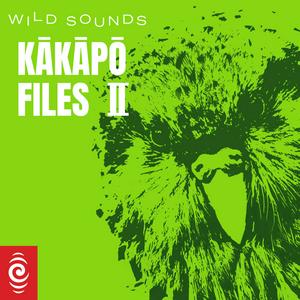
Get the free radio.net app
- Stations and podcasts to bookmark
- Stream via Wi-Fi or Bluetooth
- Supports Carplay & Android Auto
- Many other app features
Get the free radio.net app
- Stations and podcasts to bookmark
- Stream via Wi-Fi or Bluetooth
- Supports Carplay & Android Auto
- Many other app features


Wild Sounds: Kākāpō Files II
download the app,
start listening.



